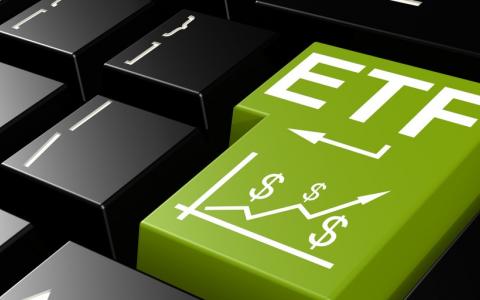
(ETF db) -- Robotics and artificial intelligence are a quickly developing innovation that touches upon a number of industries across the world, and investors can gain exposure to this growth opportunity through a targeted ETF strategy.
Specifically, a fund like the ROBO Global Robotics & Automation Index ETF provides investors with the ability to gain focused exposure to the growing robotics and artificial intelligence industry.
“We’re trying to capture the future of innovation,” Bill Studebaker, President & CIO, Robo Global, said at Inside ETFs 2019.
“It’s hard for investors to capture this because a lot these companies are not in traditional indices, so we’ve actually created a structure for investors this measure and benefit from that opportunity,” he added.
The ROBO ETF follows the ROBO Global Robotics & Automation Index, which provides access to the entire value chain of robotics, automation and artificial intelligence. The ROBO Global Robotics & Automation Index is comprised of global companies from countries in North America, Europe, Asia, and the Middle East and offers almost no overlap with traditional equity indices.
Robotics- or automation-related products and services include any technology, service or device that supports, aids or contributes to any type of robot, robotic action or automation system process, software or management.
Robotics and artificial intelligence have been a transformational technology.
The declining costs in technology have driven increased robotics investments.
Meanwhile, big data has fueled growth in artificial intelligence.
The advancements touched upon many industries, helping improve areas like logistics automation, e-commerce growth, and healthcare, among others.
The robotics ETF’s portfolio may also provide exposure to companies with sustainable growth opportunities, as the underlying ROBO Global Robotics & Automation Index has exhibited attractive sales growth, EBITDA growth, and earnings-per-share growth. The underlying index has even outperformed the broader technology and S&P 500 index since the 2008 financial downturn.



